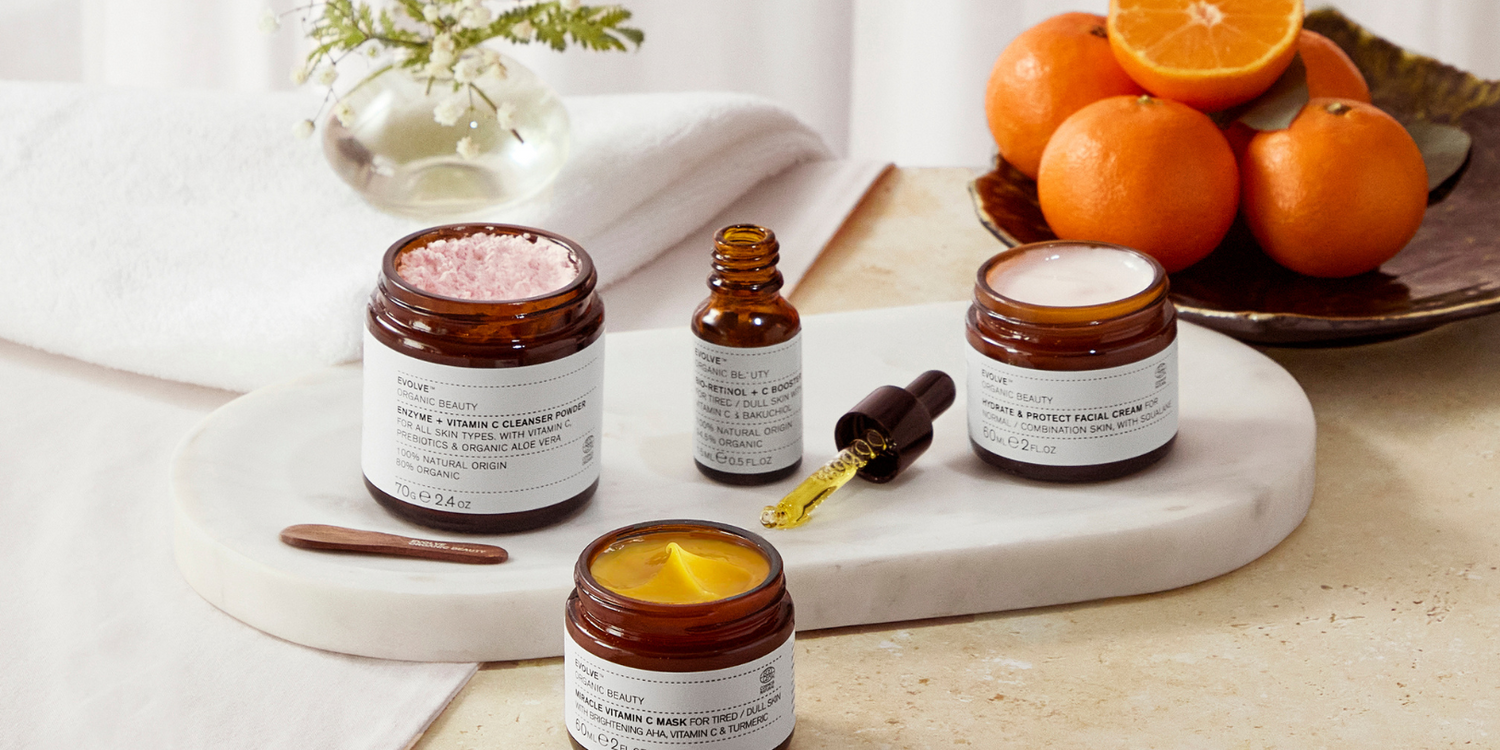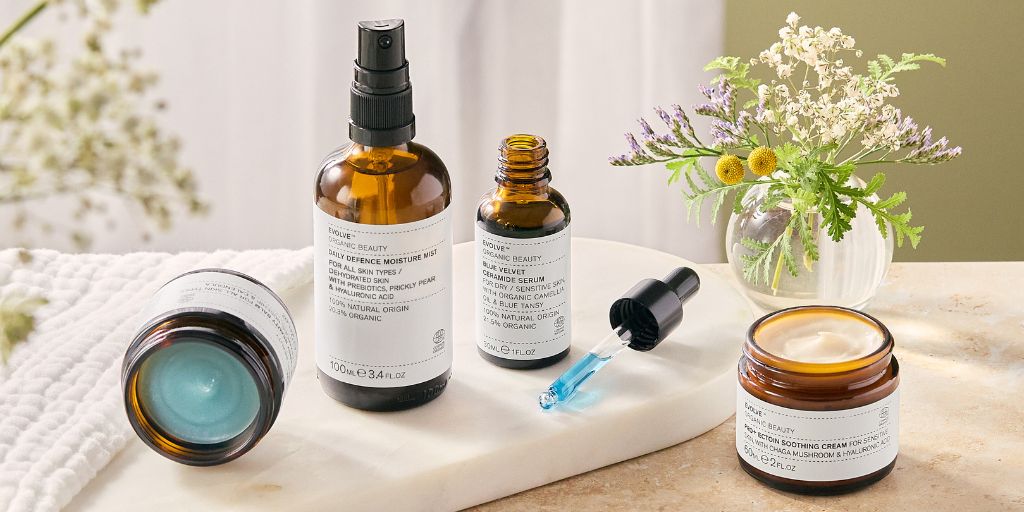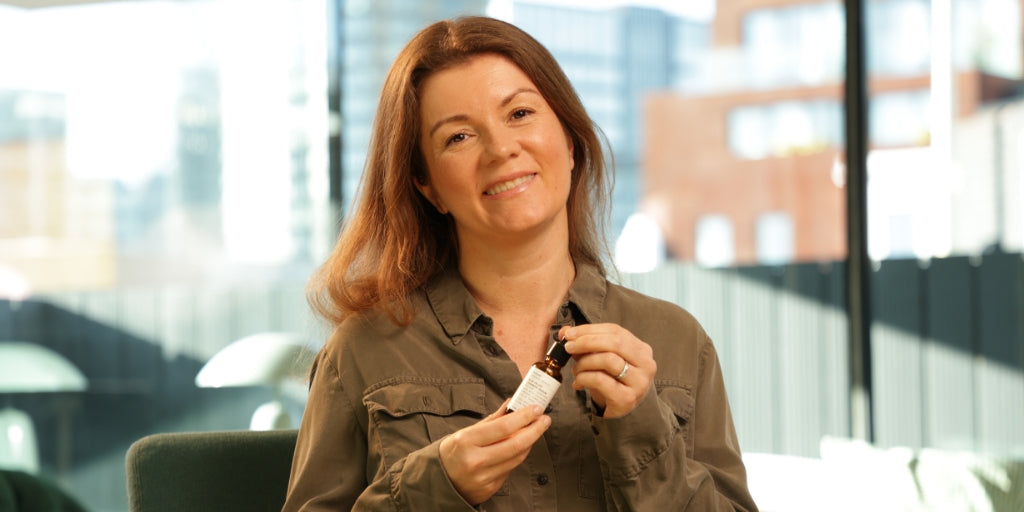With so many foods to choose from, it can be difficult to know where to start when it comes to supplementing our dietary intake of vitamin D.
To make life easier, we have rounded up our favourite selection of vitamin D-rich foods, as well as what exactly vitamin D is and why it’s so important for our health.
Which foods are high in vitamin D?
Vitamin D is a fat-soluble chemical our bodies make in response to sunlight which helps to regulate the amount of calcium and phosphate in our blood. Both calcium and phosphate are essential for bone health, so it’s essential to get enough vitamin D to prevent things like rickets and osteoporosis (conditions caused by soft, weak bones), and painful fractures. It is also thought that vitamin D can help reduce cancer cell growth, combat infections and reduce inflammation, as well as improving overall immune function, so it’s no wonder the vitamin has found so many champions with everything going on over the past few months.

Between late March and September, most people should be able to get all the vitamin D they need from sunlight on their skin and a healthy, balanced diet. However, during autumn and winter, our bodies see much less vitamin D from sunlight, so we need to get more from our diets.
Here are some healthy foods that are high in vitamin D:
Fortified foods – such as breakfast cereals, fat spreads and non-dairy milk alternatives
Natural food sources of vitamin D are hard to come by, especially if you’re vegan/vegetarian or don’t like fish. Fortunately, some food products that don’t naturally contain vitamin D are fortified with this nutrient – so you need not worry. These include some breakfast cereals, fat spreads and fruit juices, as well as yoghurts and non-dairy milk alternatives. For example, a 100ml serving of Oatly Original contains 1.1 micrograms of vitamin D. With regards to cereals, bran flakes, cornflakes and rice cereals are among some of the best options, weighing in at around 4.2 micrograms per 100g, while high content polyunsaturated fat spreads may be as high as 7.5 micrograms per 100g (though only 0.75 micrograms per typical serving).

Mushrooms
You may have heard of vitamin D2 and D3, but do you know the difference? Vitamin D3 is made by animals and humans, and is the form of vitamin D most readily absorbed by the human body, whereas vitamin D2 is made by plants.
Mushrooms are the single highest plant source of naturally occurring vitamin D.
Like humans, mushrooms can synthesise this vitamin when exposed to UV light – and continue to do so even after they are harvested for as long as they are placed in direct sunlight. But whereas humans make vitamin D3, mushrooms make vitamin D2, which may take slightly longer to get absorbed by the body.
Nevertheless, wild mushrooms (for example, portobello, chestnut, shiitake, porcini) are loaded with vitamin D2 and may be perfect for you if you are vegan or vegetarian. Commercially grown mushrooms are less ideal as they are often produced in the dark; however, some commercial brands are treated with UV light and can provide just as much as their wild counterparts.
The range of vitamin D content for mushrooms varies widely but is often in excess of 10 micrograms per 100g, and can even be up to 58 micrograms!

Egg yolks
While eggs are typically known for their high protein content, did you know that their yolks are also a great source of vitamin D? In fact, one boiled egg yolk contains a whopping 12.6 micrograms of vitamin D per 100g! For a delicious dose of vitamin D, why not dress and combine boiled eggs with your favourite veg for a tasty salad, whip up some egg sandwiches or simply enjoy straight from the pan for a quick, easy brunch? As with fish, production methods will affect how much vitamin D an egg contains, so check out whether your eggs are free range, organic or barn-raised. Generally, eggs from outdoor production systems are likely to contain higher amounts of both vitamin D forms, but this may not be a consistent effect so further research is needed.

Oily fish – such as salmon, sardines, mackerel and herring
Few foods are naturally rich in vitamin D3, but the flesh of fatty fish and fish liver oils are two of the best sources. According to a report by the Scientific Advisory Committee on Nutrition (SACN), grilled herring tops the list with a mean vitamin D content of 16.1 micrograms per 100g. Salmon is another excellent source of vitamin D, though form is important. To get maximum vitamin D from salmon opt for canned pink salmon (13.6 micrograms per 100g), steamed salmon (9.3 micrograms per 100g) or cold, smoked salmon (8.9-11 micrograms per 100g).
Additionally, wild salmon is always better than farmed salmon, which contains approximately 25% of the vitamin D content present in wild salmon. Other good sources are grilled salmon and grilled or smoked mackerel, though the vitamin D content of these is slightly lower at around 8 micrograms per 100g. Alternatively, get your vitamin D fix from sardines or tuna, but you will need to eat about two to three times as much of these smaller fish to get the same amount of goodness.

Red meat – particularly liver
For those whose diets will allow it, red meat can provide additional vitamin D. Fried lamb liver, for example, contains an average of 0.9 micrograms per 100g, while fried beef liver contains 0.3 micrograms. Fried beef steak provides 0.7 micrograms per 100g, so you can enjoy an indulgent meal with the knowledge that you are boosting your bodily health. The vitamin D content of a typical steak portion is 1 microgram in total.
However, red meat is also quite high in fat and may interfere with our digestion if we eat too much, so it’s recommended that you don’t exceed more than 500g of red meat a week (about 70g a day) and avoid processed meats. Liver and liver paté should also be eaten no more than about once a week.

You May Also Like:





